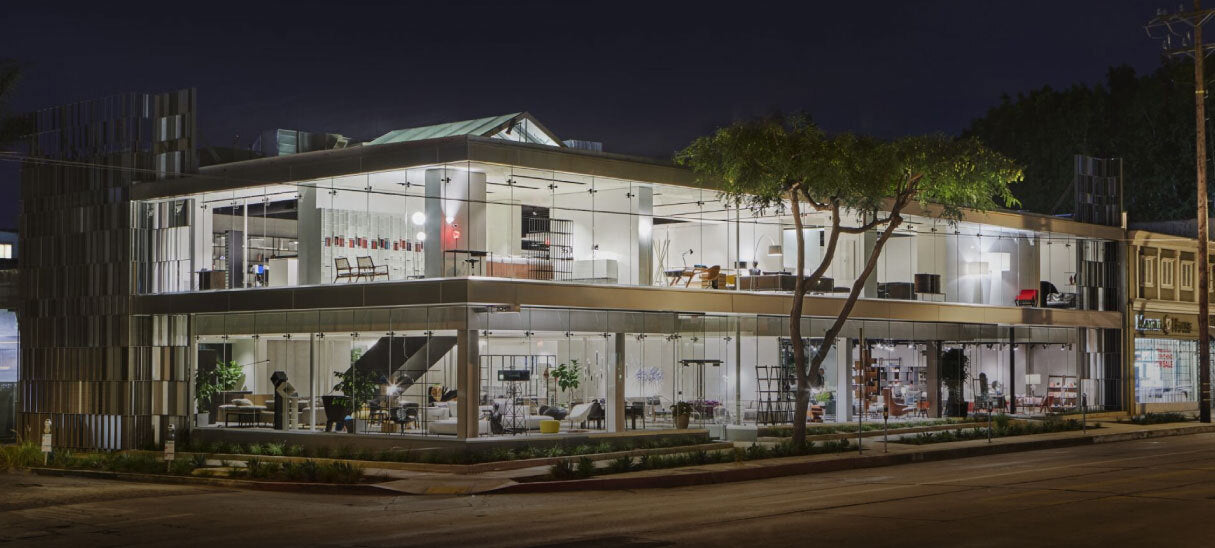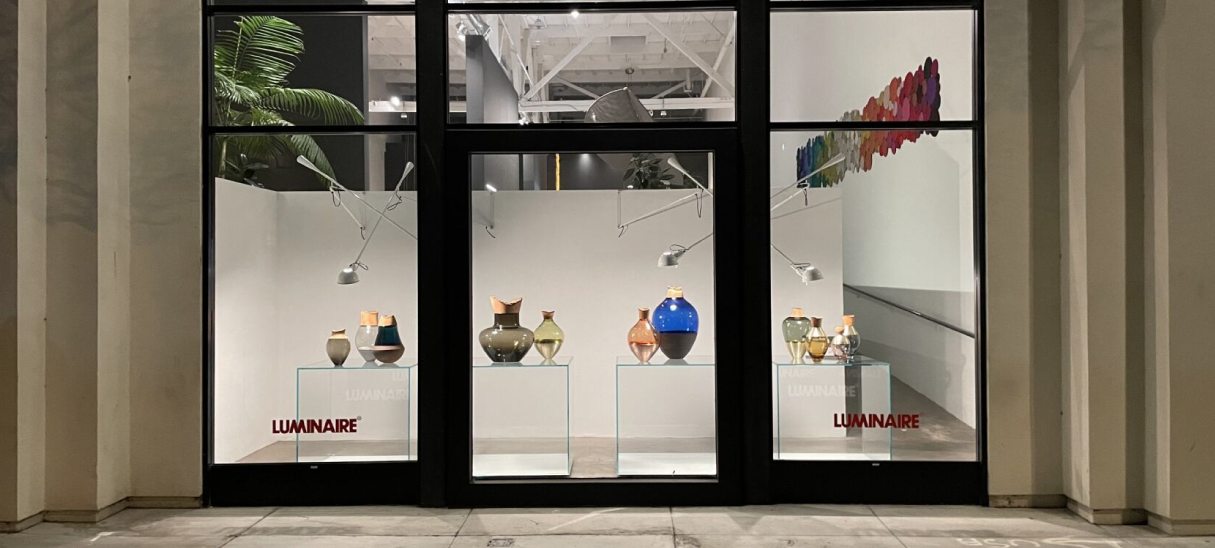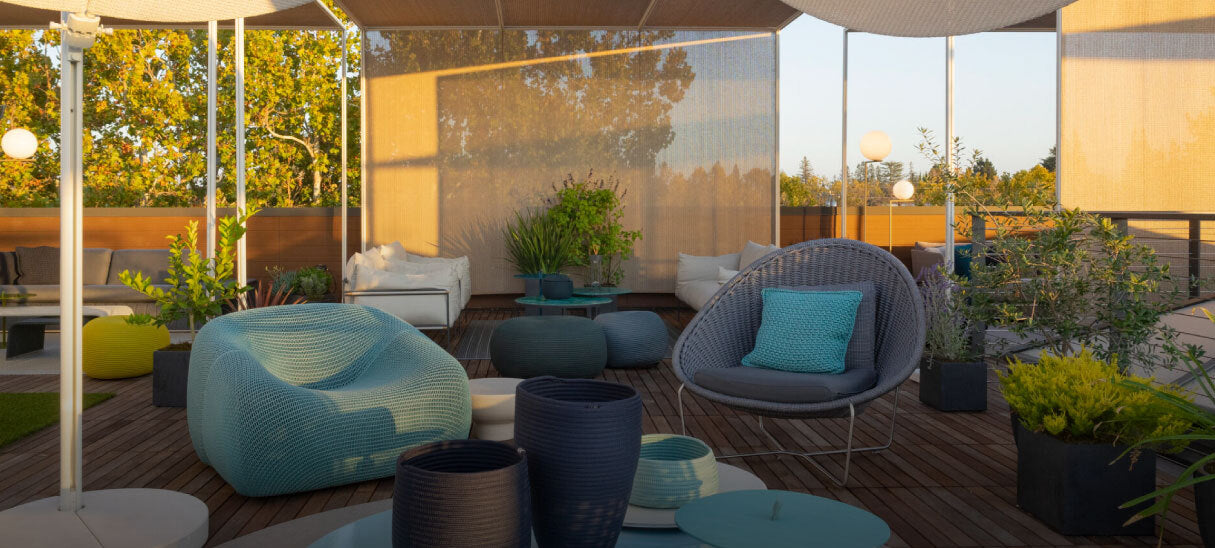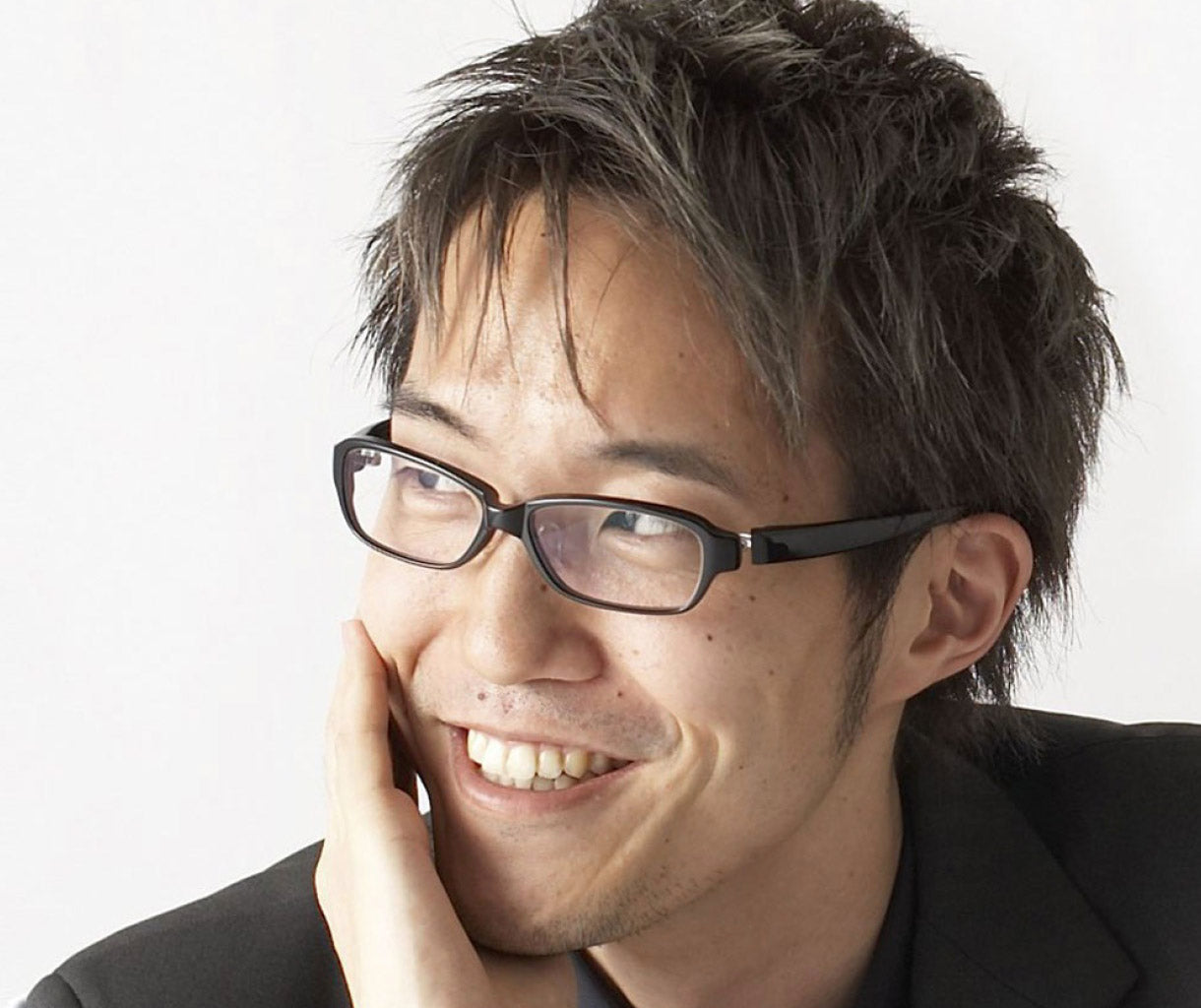Coral Gables, FL
33134 (305) 448-7367
10am—6pm
Hollywood, CA
90048 (323) 579-2800
10am—6pm
San Francisco, CA
94103 (415) 674-9430
10am – 6pm
Saturday
11am – 5pm
Menlo Park, CA
94025 (650) 600-1431
10am—6pm
Coral Gables, FL
33134 (305) 448-7367
10am—6pm
Hollywood, CA
90048 (323) 579-2800
10am—6pm
San Francisco, CA
94103 (415) 674-9430
10am – 6pm
Saturday
11am – 5pm
San Francisco, CA
94103 (415) 674-9430
10am – 6pm
Saturday
11am – 5pm
Chicago, IL
60654 (312) 664-9582
10am – 6pm
Saturday
11am – 5pm














Oki Sato

In 2002 Canadian-born Oki Sato traveled to the Salone del Mobile in Milan with five fellow architecture graduates from Wasaeda University, Tokyo. Amazed by the way architects and designers worked freely between disciplines, Sato and his colleagues decided that they too wished to experiment with new techniques and forms through whichever medium inspired them, without restraint. Later that year Sato established the design studio Nendo, expanding three years later with an office in Milan. Since then, Nendo has transformed spaces and inspired lives across the globe with projects in the fields of architecture, interior design, furniture, products, events and graphics.
In Japanese, Nendo means free-form clay, a soft, fluid substance that signifies the flexibility with which the design team executes their projects. Nendo’s design concept reflects a specific aim: to inspire. The studio philosophy stems from recognizing those ‘!’ moments hidden in the everyday that enrich life and make it more interesting. For Nendo, the simplest ideas and the smallest designs create the most unusual experiences. The narrative of each piece is also important; these stories are, in fact, the starting point for most projects. Tiny earphones that look like jellyfish are packaged in plastic containers that resemble specimen jars. A roll of pleated paper, often by-products of Issey Miyake clothing, unravels to become Cabbage, a chair as beautiful as it is comfortable. The 1% product line limits manufacturing numbers in order to experiment with cutting-edge technologies or handcrafted techniques that are not yet suitable for mass production.
According to Sato, “We’d like the people who’ve encountered Nendo’s designs to feel these small ‘!’ moments intuitively.” In 2011, this vision manifested itself in once more in the K% Collection, a project committed to producing design that is accessible and affordable without a compromise in quality. The result is a transformation of people’s interaction with everyday objects with work that is deceptively simple, yet complex in its innovative conception and production. All objects in the collection focus on form, ridding themselves of any distractions by using only woods and metals and reducing all color to black. The Melt chair is but one example of the expressed poetry of form. A single, continuous curve moves from the back legs through to the backrest, arm and front legs as all structural elements melt into one. Designs like Timber, a stool in the form of three pieces of wood that lean against each other, encourage us to pay close attention to how we interact with the objects we use. As one casually leans on the stool, they imitate its form, defining a harmony between user and object. Unveiled at the 2012 MIlan Furniture Fair, Sato’s K% Collection made its U.S. Debut on June 12 at Luminaire Chicago, where guests were also treated to a spectacular vision of innovation in blown glass with Nendo’s stunning Growing Vases chandelier for company Lasvit.
Receiving recognition at home and abroad, Newsweek magazine named Sato one of the world’s “100 Most Respected Japanese People” in 2006 and honored the firm in 2008 as one of the “Top 200 Small Japanese Companies.” Establishing a presence in Singapore this year, Nendo has tackled projects as diverse as architecture, interiors, exhibition design, furniture, product and graphic design, most recently earning Sato the title of “Designer of the Year” by both Wallpaper* and Elle Decor magazines













